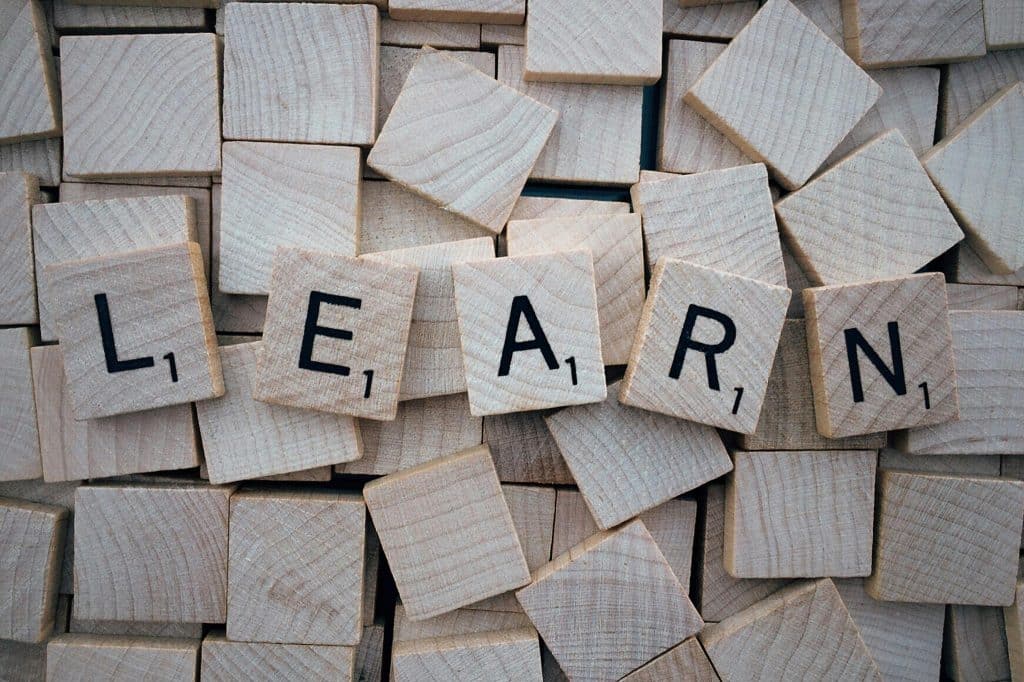In today’s fast-changing world, traditional linear learning paths are increasingly being questioned. The idea that learning must follow a straight line—from beginner to expert in a fixed sequence—is giving way to a more flexible, nonlinear approach that matches how people naturally absorb and apply knowledge. This shift isn’t just a theory; it’s an emerging trend in education technology, cognitive science, and workplace learning. Understanding whether learning can be nonlinear by design has important implications for educators, learners, and organizations alike.
In this article, we explore the concept of nonlinear learning, why it is gaining momentum, and practical ways to design learning experiences that embrace this approach. We’ll also highlight current tools and models that embody nonlinear learning and provide reliable sources to support this evolving educational paradigm.

What Does Nonlinear Learning Mean?
Nonlinear learning challenges the conventional model where education is structured as a clear progression: basics first, then intermediate skills, and finally advanced mastery. Instead, nonlinear learning recognizes that:
- People learn in varied sequences based on their interests, prior knowledge, and goals.
- Knowledge acquisition is often recursive, revisiting earlier concepts with new contexts.
- Learning can be self-directed and adaptive, with learners choosing pathways that best suit their needs.
This flexible model aligns with how the brain works. According to neuroscience, learning isn’t a simple linear process but a complex network of associations, revisitations, and connections across different contexts (Jensen, 2021).
Why Is Nonlinear Learning an Emerging Trend?
Several factors contribute to the rise of nonlinear learning as a practical and desirable approach today:
1. Digital Platforms Enable Personalized Paths
Modern learning platforms like Coursera, Khan Academy, and LinkedIn Learning allow users to select courses and modules non-sequentially. Artificial intelligence-driven recommendations tailor learning pathways based on performance and preferences, enabling nonlinear exploration (Zhu et al., 2022).
2. The Pace of Change Requires Agile Learning
In fast-evolving industries like technology and healthcare, learners cannot wait for a linear course sequence. They need to acquire specific skills quickly and revisit concepts as new information emerges, requiring flexible, nonlinear learning designs (World Economic Forum, 2023).
3. Cognitive Science Supports Adaptive Learning
Research shows that spaced repetition, interleaved practice, and retrieval practice—techniques based on revisiting topics nonlinearly—improve long-term retention and transfer of knowledge better than traditional linear models (Rohrer & Taylor, 2007).
Designing Learning to Be Nonlinear: Practical Approaches
If learning can be nonlinear by design, how can educators and instructional designers create such experiences? Here are some strategies that reflect current best practices:
1. Modularize Content
Break down learning material into smaller, independent modules. This enables learners to engage with content in any order or revisit specific topics as needed. Modular design fosters autonomy and adapts to individual learning speeds.
2. Use Learning Maps or Graphs
Instead of rigid course sequences, provide learners with visual learning maps that highlight connections between topics. These maps encourage exploration and help learners navigate their paths intuitively.
3. Incorporate Adaptive Assessments
Adaptive quizzes and tests adjust difficulty based on learner responses. These assessments guide learners toward topics they need to strengthen, allowing a dynamic and personalized learning journey.
4. Blend Formal and Informal Learning
Encourage learners to integrate formal lessons with informal sources such as videos, podcasts, and community discussions. Nonlinear learning often thrives in environments where learners make connections across diverse resources.
5. Facilitate Reflection and Iteration
Encourage learners to periodically reflect on their knowledge, identify gaps, and revisit earlier material. Structured reflection supports the recursive nature of nonlinear learning.
Examples of Nonlinear Learning in Practice
Microlearning Platforms
Platforms such as Duolingo and Blinkist deliver content in short bursts that learners can consume in any order. They rely on spaced repetition and allow learners to customize what they focus on, embodying nonlinear principles.
Project-Based Learning
Project-based approaches immerse learners in real-world challenges, requiring them to acquire and apply knowledge non-sequentially as problems arise. This approach mirrors workplace learning and fosters deeper understanding.
Learning Experience Platforms (LXPs)
LXPs curate diverse learning resources from multiple providers and enable personalized pathways, reflecting the trend toward learner-centered, nonlinear experiences.
Challenges and Considerations
While nonlinear learning offers flexibility and personalization, it also poses challenges:
- Overwhelm: Too many choices can confuse learners without clear guidance.
- Assessment: Measuring progress in nonlinear systems is more complex.
- Equity: Learners with less experience may struggle without structured support.
Balancing freedom with structure remains a key design challenge.
Conclusion
The question “Can learning be nonlinear by design?” is not only relevant but essential in today’s educational landscape. Nonlinear learning reflects how people naturally think, adapt, and grow in complex environments. By embracing modular content, adaptive assessments, and learner-driven pathways, educators and platforms can design experiences that cater to diverse needs and rapid changes.
As digital tools and cognitive science advance, nonlinear learning is poised to become a dominant model—offering more personalized, effective, and engaging education for all.
References
- Rohrer, D., & Taylor, K. (2007). The shuffling of mathematics problems improves learning. Instructional Science, 35(6), 481–498. https://doi.org/10.1007/s11251-007-9015-8
- World Economic Forum. (2023). Future of Jobs Report. https://www.weforum.org/reports/future-of-jobs-2023/
- Zhu, M., et al. (2022). Personalized learning pathways with AI: A review. Journal of Educational Technology, 19(3), 45–60. https://doi.org/10.1016/j.edutech.2022.04.003









